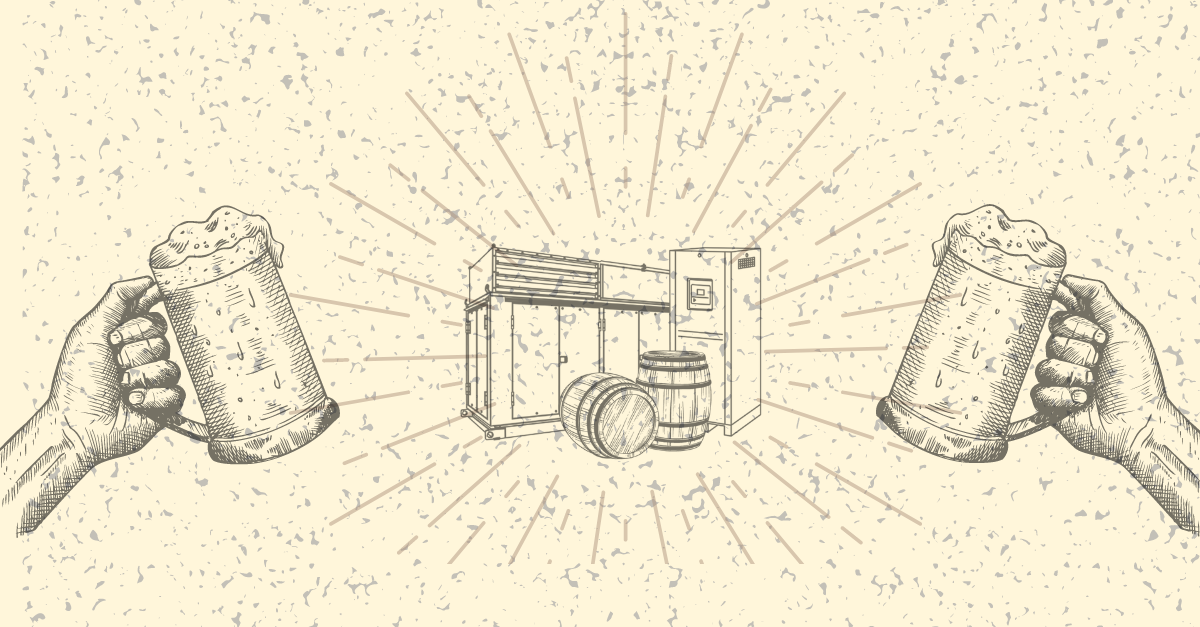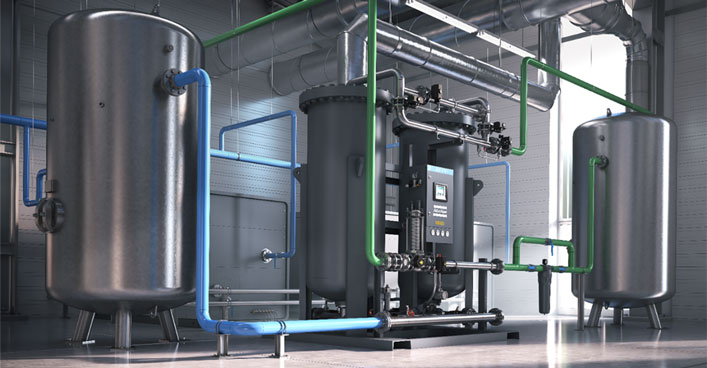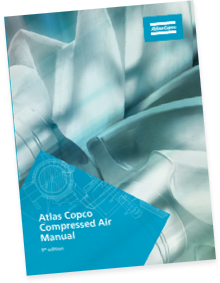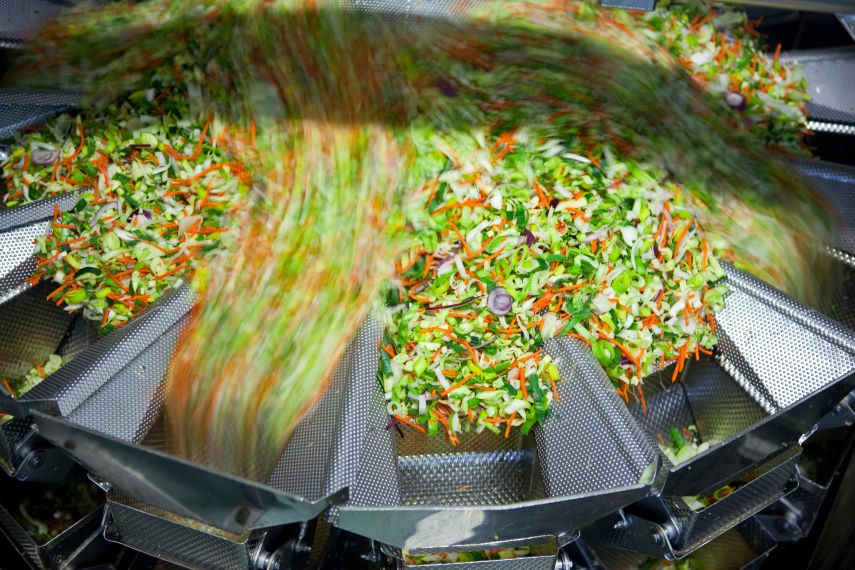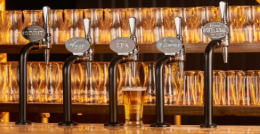Editor's Note: This post was originally published in 2014 and has been completely updated for accuracy, comprehensiveness, and new information.
Both nitrogen and oxygen gas are used by a variety of manufacturers for a wide range of industrial applications. From chemical manufacturing and food packaging to laser cutting and wastewater treatment, on-site gas generation can provide additional opportunities for cost savings and other efficiencies for manufacturers who shift from delivered liquid nitrogen service.
Nitrogen generators rely on either pressure swing adsorption (PSA) or membrane technology to achieve the desired nitrogen purity level. Oxygen generators utilize PSA technology. Let’s take a closer look at how each technology works to generate nitrogen or oxygen gas in a cost-effective way, as well as how to determine which one may be best suited for your process.
Pressure Swing Adsorption (PSA) Technology
Nitrogen Generation. Nitrogen generators with pressure swing adsorption technology incorporate carbon molecular sieves (CMS) that adsorb oxygen molecules from the compressed air. As the air flows over the carbon molecular sieves, oxygen and other particles are caught in the sieves, but the nitrogen passes right through into a tank. These types of generators typically feature two connected towers that work in tandem to produce an almost continuous flow of nitrogen gas.
Pressure swing adsorption nitrogen generators can produce nitrogen purity levels up to 99.999% for flows up to 1100 Nm³/h, making this technology ideal for applications that demand the highest level of purity; these include plastic molding, metallurgy, purging analyzers, electronics, chemical, pharmaceutical, and food and beverage.
Oxygen Generation. Oxygen generators with PSA technology utilize zeolite pellets that act as the adsorbent to isolate oxygen molecules from the other molecules in the compressed air. This technology produces oxygen with an adjustable purity between 90 and 95 percent at flows up to 200 Nm³/h and is ideal for medical, wastewater treatment, fish farming, and ozone production applications.
Membrane Technology
Nitrogen Generation. A membrane nitrogen generator incorporates a bundle of polymer fibers that act as a membrane to separate compressed air and produce enriched nitrogen. Some gas molecules flow through the membrane material, while the flow of nitrogen gas occurs more slowly through the membranes, eventually discharging at the outlet. Membrane technology generates nitrogen with adjustable purity levels between 95% and 99.5% and flows up to 500 m³/h. Because of its efficiency and reliability, this technology is ideal for many oil and gas, mining, and marine applications, in addition to fire prevention, tire inflation, and some food and beverage applications.
Interested in learning more about on-site nitrogen generation? Visit us at www.atlascopco.com/nitrogen-usa!
